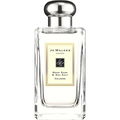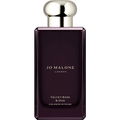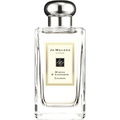10/03/2024
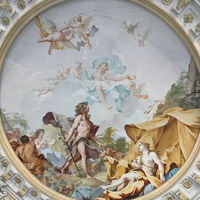
SVP
39 Reviews

SVP
2
Violet & Blackcurrant should have been the name
Blind buy and I am conflicted and disappointed.
I’ve worn Poppy & Barley for a few days now, and honestly, I just don’t...
The violet note is really prominent and reminds me a lot of the violet in Insolence by Guerlain, which I can’t stand, it actually makes me feel a bit nauseous.
Poppy & Barley isn’t as sweet, thank goodness. Even though I wouldn’t say the rest of the notes are similar at all, I can’t help but notice the extreme resemblance in the violet note. It’s super strong at first and starts to fade after about 20 minutes. That might not seem like a long time, but if you don’t like the smell, 20 minutes feels like forever.
For those first 20 minutes, all I can smell is violet; it really overpowers everything else. After that, what’s left is this really tart scent that lingers until the fragrance wears off. I think it’s mostly from the blackcurrants. It’s not bad, but I wish it had more of an aromatic fruity vibe instead of being so sour. If that makes sense.
My biggest letdown, though, is the lack of barley and powderiness. They’re practically non-existent. I was hoping for an airy, floral, fresh/fruity, and earthy powdery perfume, but this just isn’t it.
I’ve worn Poppy & Barley for a few days now, and honestly, I just don’t...
The violet note is really prominent and reminds me a lot of the violet in Insolence by Guerlain, which I can’t stand, it actually makes me feel a bit nauseous.
Poppy & Barley isn’t as sweet, thank goodness. Even though I wouldn’t say the rest of the notes are similar at all, I can’t help but notice the extreme resemblance in the violet note. It’s super strong at first and starts to fade after about 20 minutes. That might not seem like a long time, but if you don’t like the smell, 20 minutes feels like forever.
For those first 20 minutes, all I can smell is violet; it really overpowers everything else. After that, what’s left is this really tart scent that lingers until the fragrance wears off. I think it’s mostly from the blackcurrants. It’s not bad, but I wish it had more of an aromatic fruity vibe instead of being so sour. If that makes sense.
My biggest letdown, though, is the lack of barley and powderiness. They’re practically non-existent. I was hoping for an airy, floral, fresh/fruity, and earthy powdery perfume, but this just isn’t it.
1 Comment





 Blackcurrant
Blackcurrant Barley
Barley Bran
Bran Poppy
Poppy Rose
Rose Violet
Violet







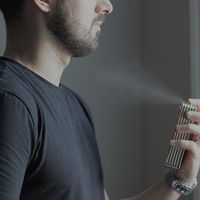


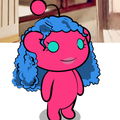


 Janetbeary
Janetbeary PedroCabral
PedroCabral CurlyHen
CurlyHen Starfire
Starfire Jazzy76
Jazzy76 leocoll4
leocoll4